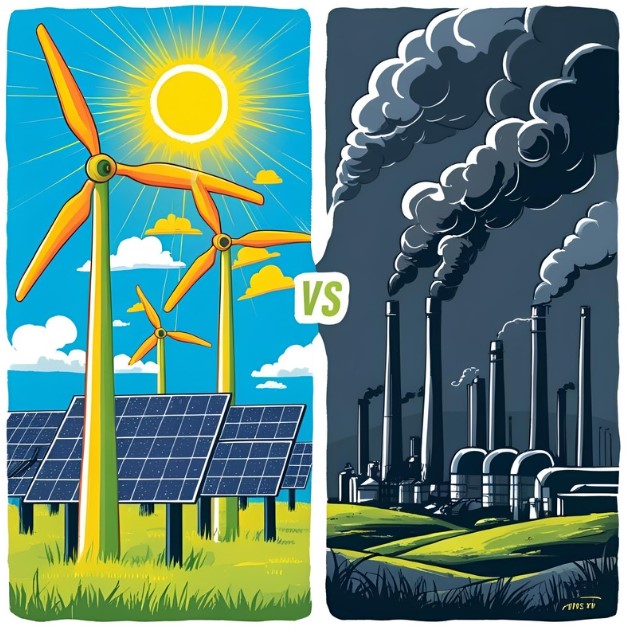
To date, Suasì considers some average percentage values
indicated in the literature as specific to the product category to which the product belongs, as the share of embodied energy from renewable sources.
In general, the percentages of RES based energy attributed by the system are around 12% for agricultural products and 25% for industrial products.
These data are obviously indicative since each product has a specific (energy) value chain and production process: this means that a product may not only have an energy content but also a share of energy from renewable sources that is very different from a similar product (for example, if the manufacturing company has invested to power its production facilities with self-generated energy from photovoltaic panels or uses a fleet of electric vehicles). Obviously, these differences can be disclosed to the user only when the relevant data is made available by the companies concerned.
In Suasì, the budget allocated to the user is in turn divided into “Grey EmCoins” (i.e., from fossil energy) and “Green EmCoins” (from renewable sources).
The amount of green EmCoins allocated to the user in the budget is directionall higher than the average used to quantify the CED of the products, thus “favoring” the user’s purchase of products with a higher renewable energy content ratio, at the expense of those with a higher fossil fuel content. This is also intended to encourage companies to modify their production processes or adopt renewable energy sources in order to reduce the fossil fuel content of their products.